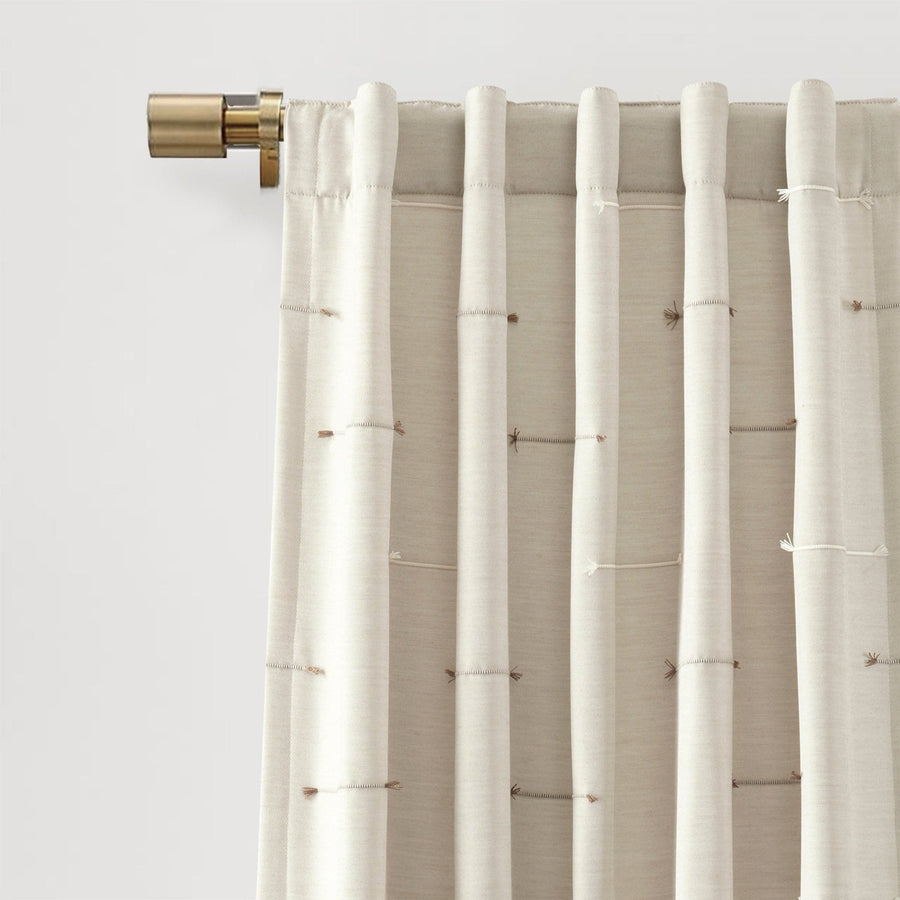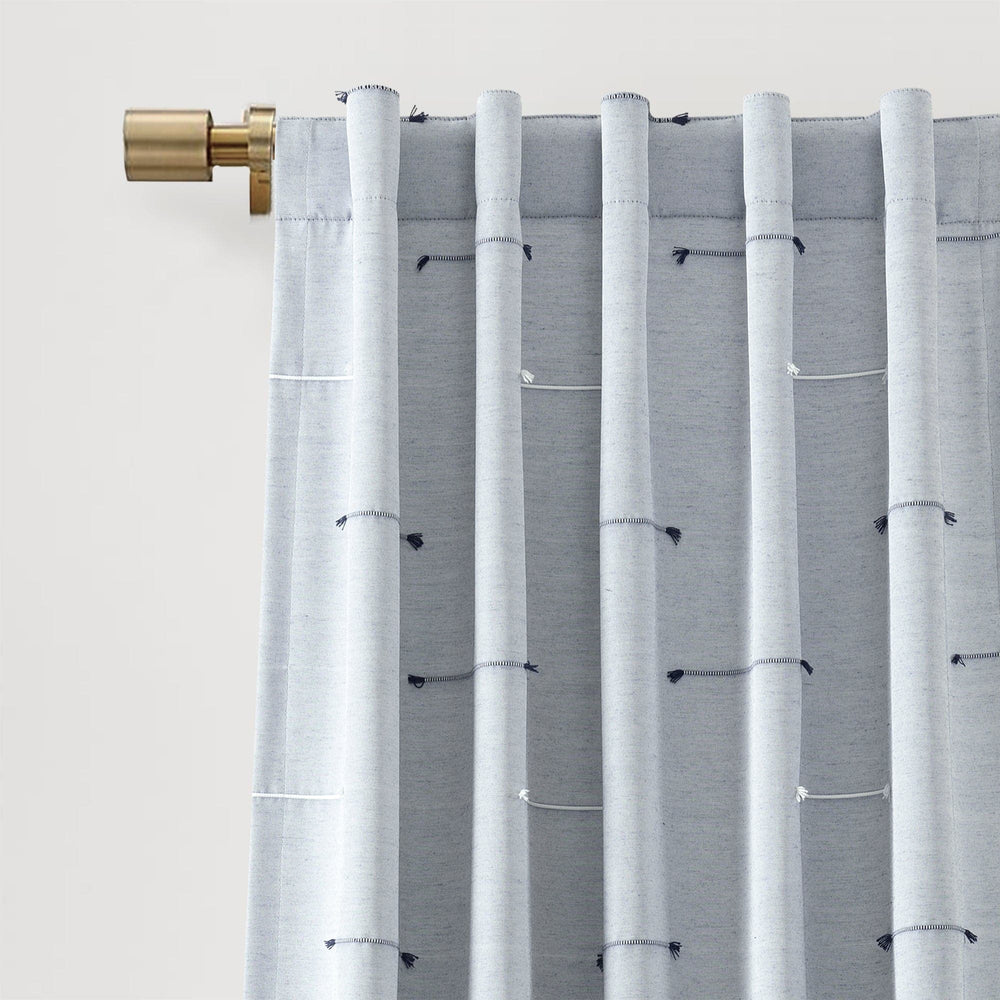Guest Blog:
The Dos and Don’ts of Bathroom Tile Design
Bathroom tiles play a crucial role in creating a functional and aesthetically pleasing space. Whether you're renovating an existing bathroom or building a new one, choosing the right tiles can have a big impact. It's easy to get overwhelmed with such a variety of options out there. By sticking to a few simple dos and don'ts, you can make informed decisions and create a beautiful bathroom that suits your style and needs.
Dos:
Mix and match different tiles
Using a variety of tiles can add visual interest to your bathroom design. You can mix and match tiles of different sizes, colors, patterns, and textures to create a unique look. However, you should choose tiles that complement each other and create a cohesive design. You can use larger tiles on the walls and smaller ones on the floors, or vice versa. You can also create a focal point by using a bold pattern or color on one wall and neutral tiles on the rest.
Use grout as a design element
Grout is the material that fills the gaps between tiles, but it can also serve as a design element. You can choose grout in a contrasting color to create a bold statement or a matching color for a seamless look. However, keep in mind that lighter grout tends to show more dirt and stains, so it requires more maintenance. The thickness of grout can also affect patterns and designs.
Use lighter and larger tiles in small bathrooms
The size of your bathroom can affect your tile design choices. If you have a small bathroom, it's best to use light-colored tiles to make the space seem bigger. You can also use larger tiles to create a sense of spaciousness, as fewer grout lines can make the room look less cluttered.
Consider functionality as well as design
When asked in a recent study on bathroom trends, 52% of top experts said both aesthetics and functionality are priorities for homeowners renovating their bathrooms in 2023. When selecting tiles for your bathroom, consider the functionality as opposed to making a decision based solely on design. Different types of tiles have different properties, such as water resistance, slip resistance, durability, and maintenance requirements. For example, porcelain and ceramic tiles are ideal for high-moisture areas, while natural stone tiles like marble and travertine require more maintenance. Non-slip tiles are recommended for bathroom floors to avoid accidents, especially if you have children or elderly people in your home.
Don'ts:
Don't blindly follow the trends
While following trends can help you make decisions for your interior design, be aware that tiles are not something that can be easily or cheaply swapped out. For example, just installing shower tiling costs between $1,800 and $5,000. Trends come and go, but tiles are a long-term investment. It's essential to choose tiles that ultimately match your style and tastes, despite changing trends.
Don't add too many patterns and colors
While it's good to add some personality to your bathroom design, too many patterns and colors can be overwhelming. If you use too many busy patterns or bold colors, your bathroom can feel chaotic and cluttered. It's best to choose a neutral base color and add pops of color or pattern in small doses, such as a decorative tile border or a mosaic accent wall.
About The Author:
|
|
Charlotte Granville is a Home Remodeling Specialist at Fixr.com, a website that offers home improvement cost-guides and connects homeowners with service professionals. She analyzes and writes about the home improvement sector and interior design trends. |










Leave a comment